Cattle Graveyard "Focus of Siberian Anthrax". River Avletim
41°38’5141″N 71°58’7205″E
Emergency Ministry employees continue to periodically reinforce the banks of the Avletim River in the Aksy District, where there is a threat of erosion of the anthrax burial site. On June 6-7, 2017, due to heavy rainfall, the water level in the Avletim River rose, creating a threat of erosion of this burial site for anthrax outbreaks, established in 1984. The report noted that since systematic work to strengthen this area had not been carried out, the Emergency Ministry and local authorities took measures for its temporary protection against erosion.
Anthrax is a particularly dangerous infectious disease affecting agricultural and wild animals, as well as humans, with bacteria that can survive in the soil for a very long time.
In Kyrgyzstan, known and unknown burial sites are ticking time bombs. According to specialists, the anthrax virus can remain dormant for up to 100 years and can become active again under favorable conditions.
Experts say that unknown outbreaks scattered across pastures and summer pastures pose a particular danger. For example, if an animal collapses while grazing, it may simply be covered with dirt, creating a dangerous outbreak. Such burials can contaminate the soil and vegetation when they come to the surface, and subsequently infect livestock. Therefore, any burial site or animal burial ground is a ticking time bomb that requires constant monitoring.
There are about 1,400 anthrax outbreaks in Kyrgyzstan that have been documented. Moreover, their number increases year by year. Only a small number of burial sites are fenced and equipped with warning signs.
Natural disasters pose a threat to anthrax burials and other dangerous diseases. They can trigger the activation of the disease, especially in the case of unknown burial sites.
Emergency Ministry employees continue to periodically reinforce the banks of the Avletim River in the Aksy District, where there is a threat of erosion of the anthrax burial site. On June 6-7, 2017, due to heavy rainfall, the water level in the Avletim River rose, creating a threat of erosion of this burial site for anthrax outbreaks, established in 1984. The report noted that since systematic work to strengthen this area had not been carried out, the Emergency Ministry and local authorities took measures for its temporary protection against erosion.
Anthrax is a particularly dangerous infectious disease affecting agricultural and wild animals, as well as humans, with bacteria that can survive in the soil for a very long time.
In Kyrgyzstan, known and unknown burial sites are ticking time bombs. According to specialists, the anthrax virus can remain dormant for up to 100 years and can become active again under favorable conditions.
Experts say that unknown outbreaks scattered across pastures and summer pastures pose a particular danger. For example, if an animal collapses while grazing, it may simply be covered with dirt, creating a dangerous outbreak. Such burials can contaminate the soil and vegetation when they come to the surface, and subsequently infect livestock. Therefore, any burial site or animal burial ground is a ticking time bomb that requires constant monitoring.
There are about 1,400 anthrax outbreaks in Kyrgyzstan that have been documented. Moreover, their number increases year by year. Only a small number of burial sites are fenced and equipped with warning signs.
Natural disasters pose a threat to anthrax burials and other dangerous diseases. They can trigger the activation of the disease, especially in the case of unknown burial sites.

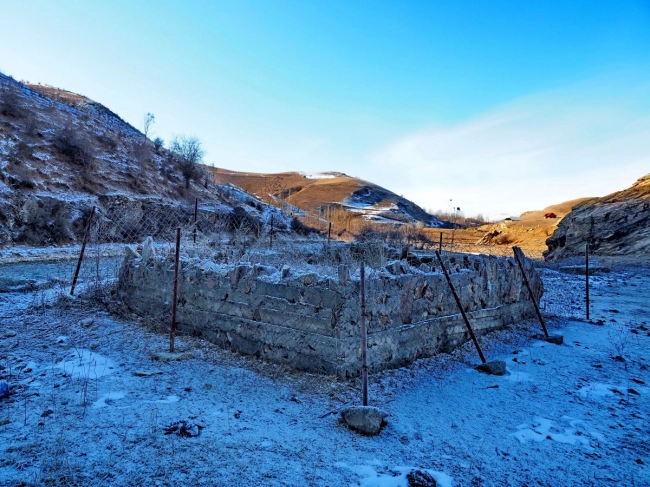
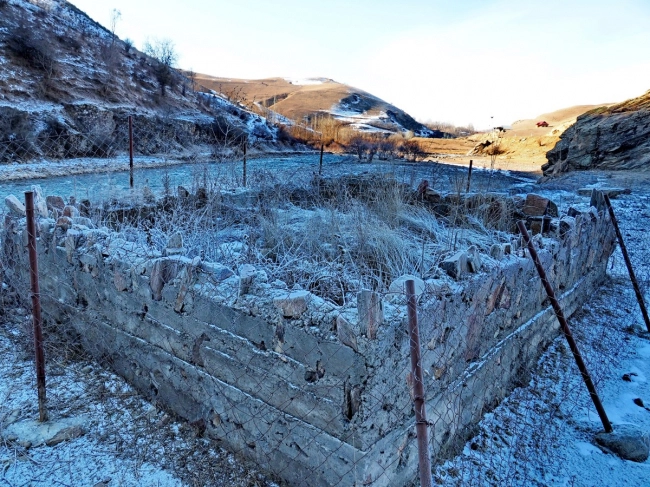
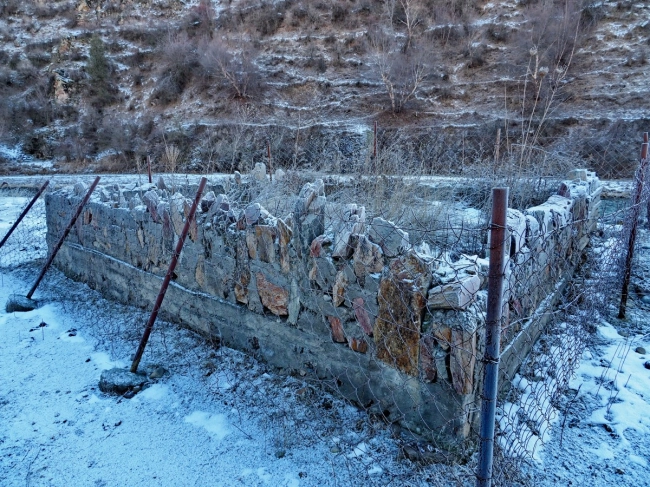
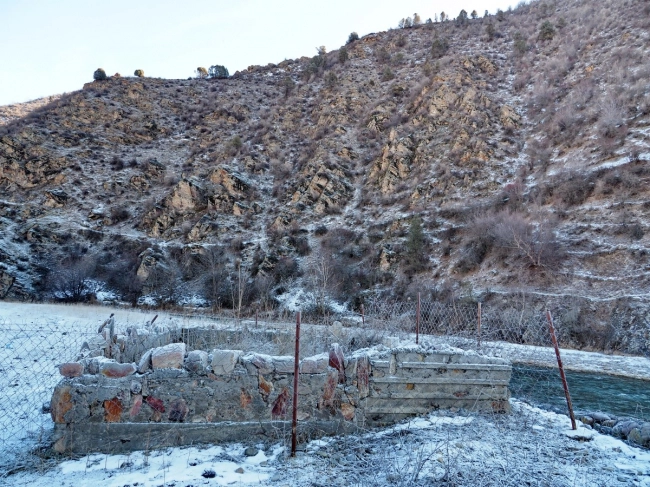
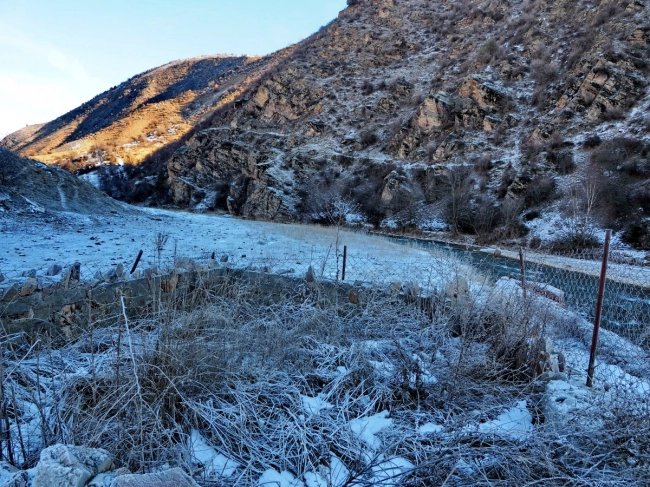
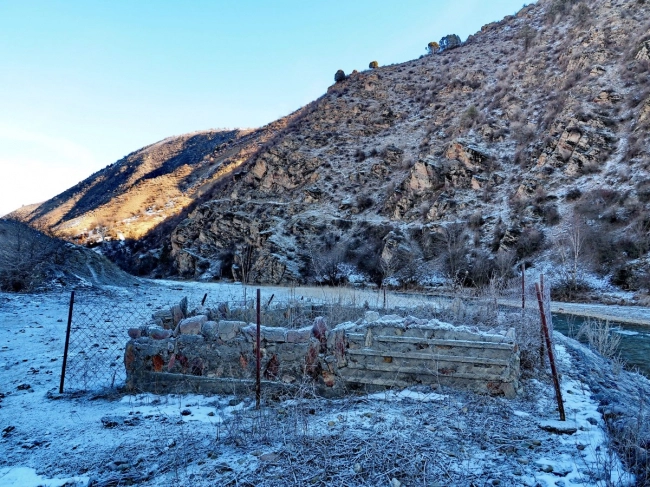
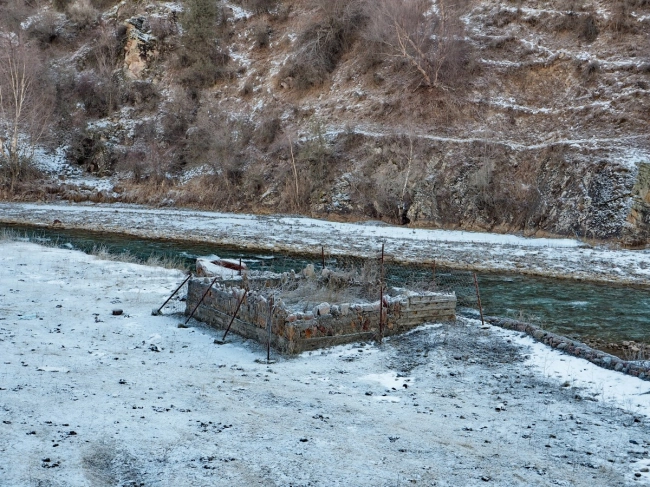
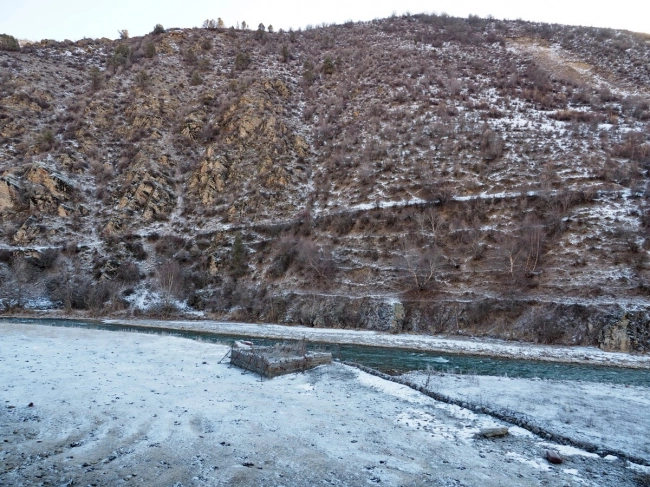
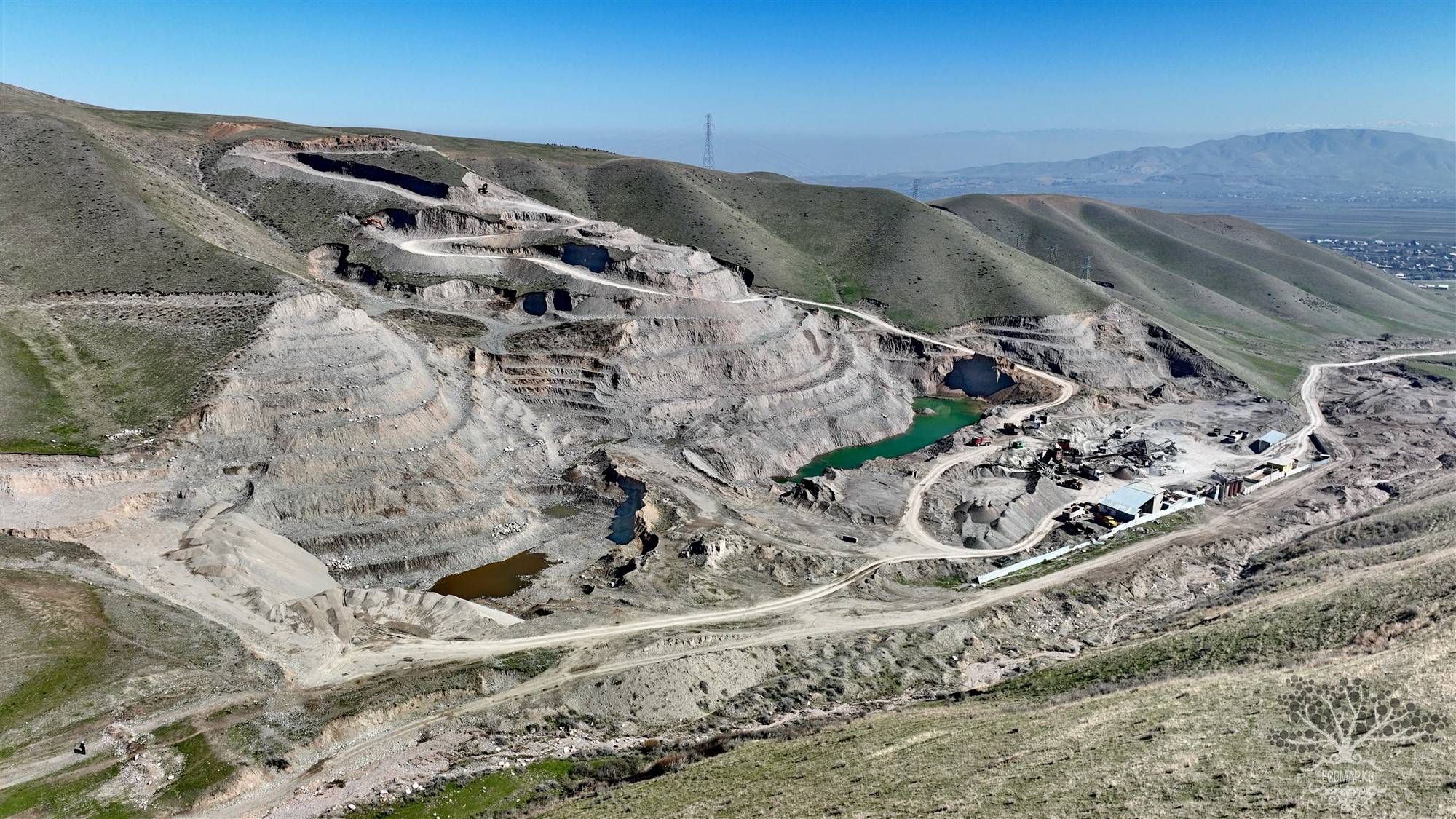
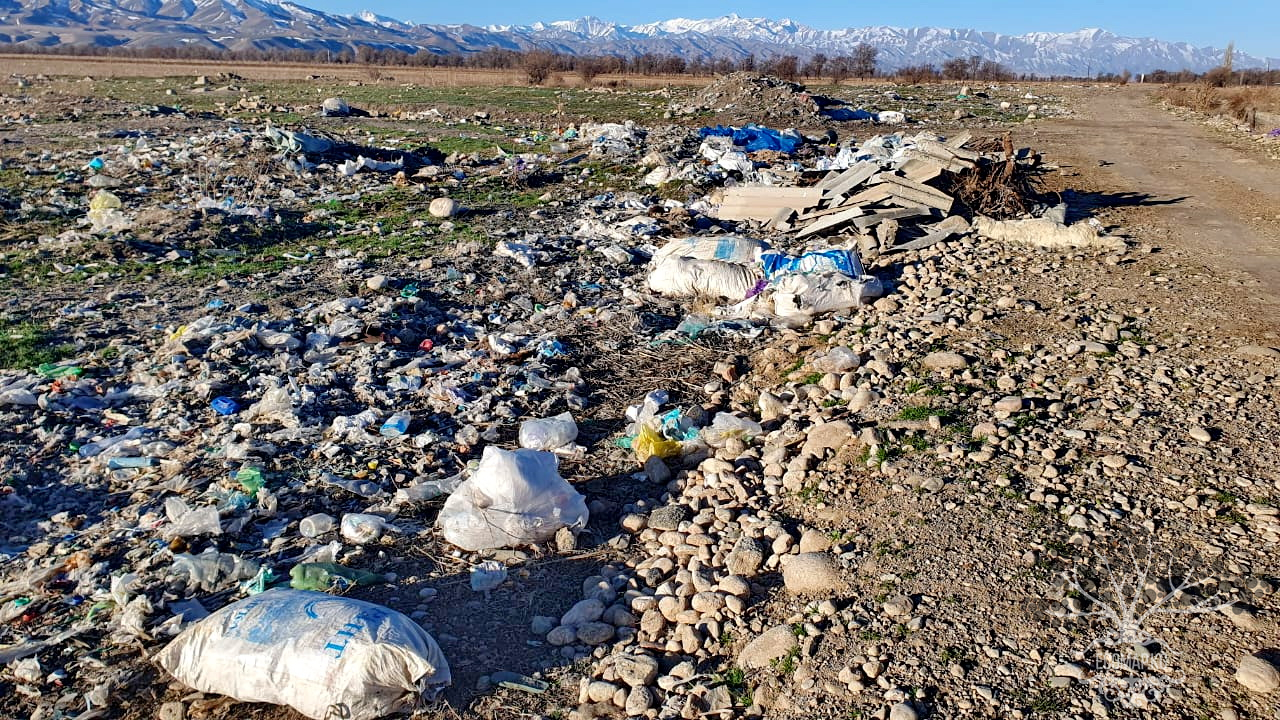
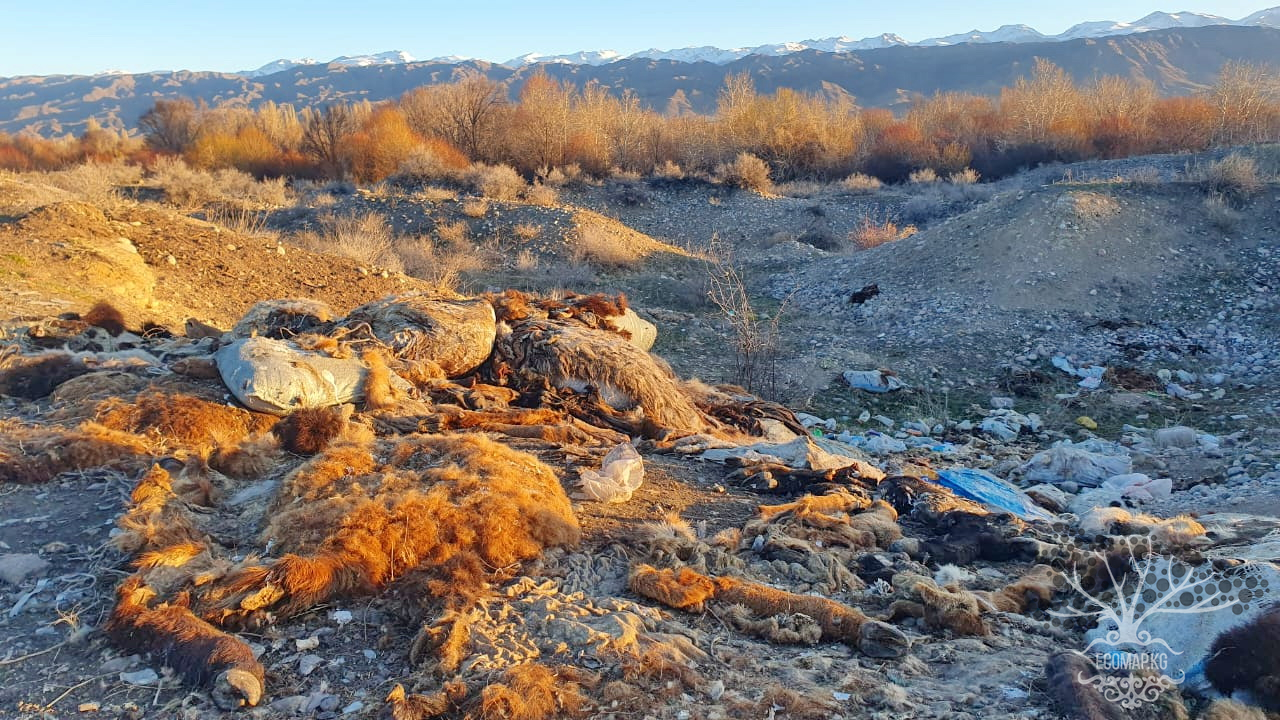



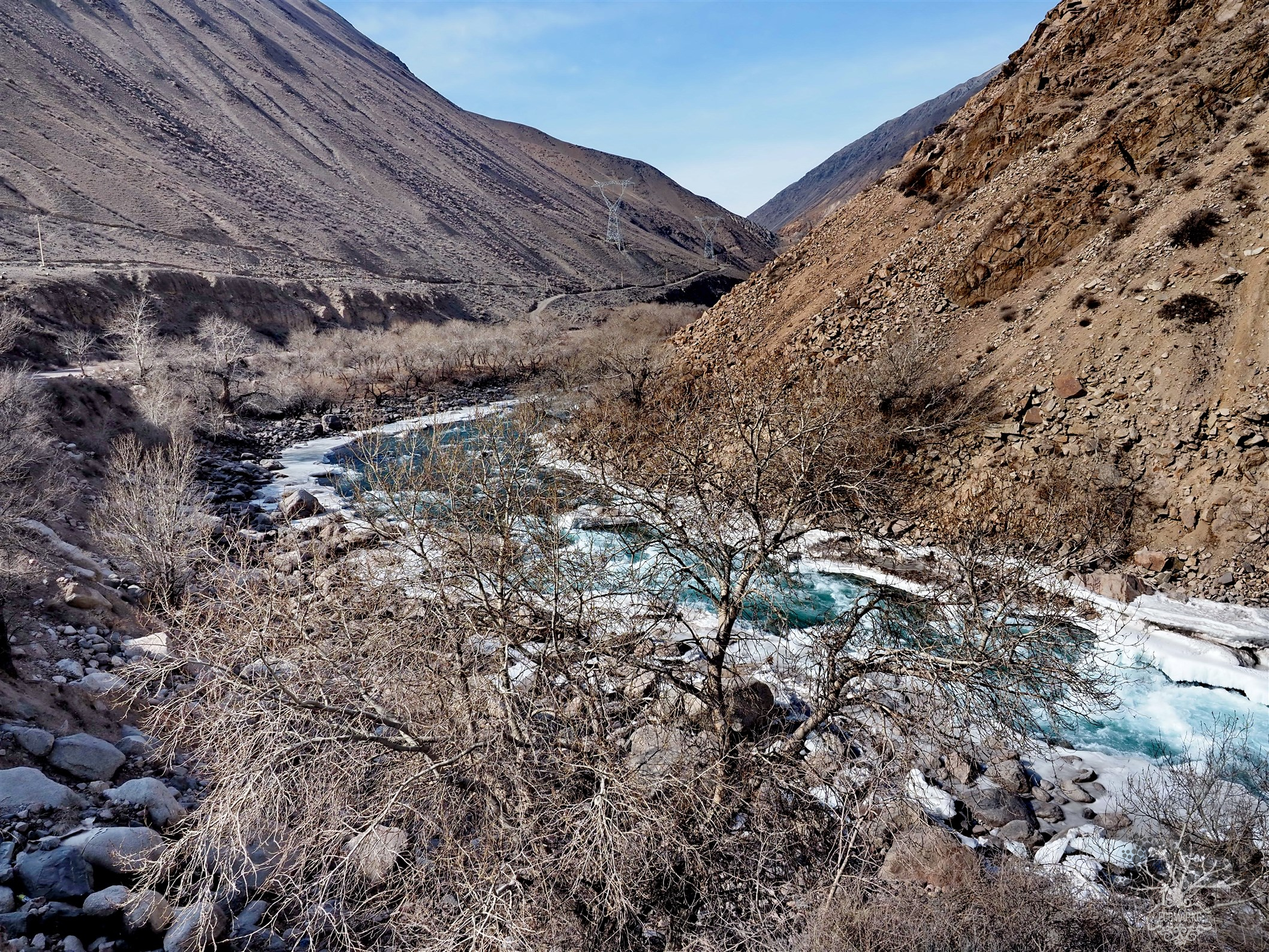
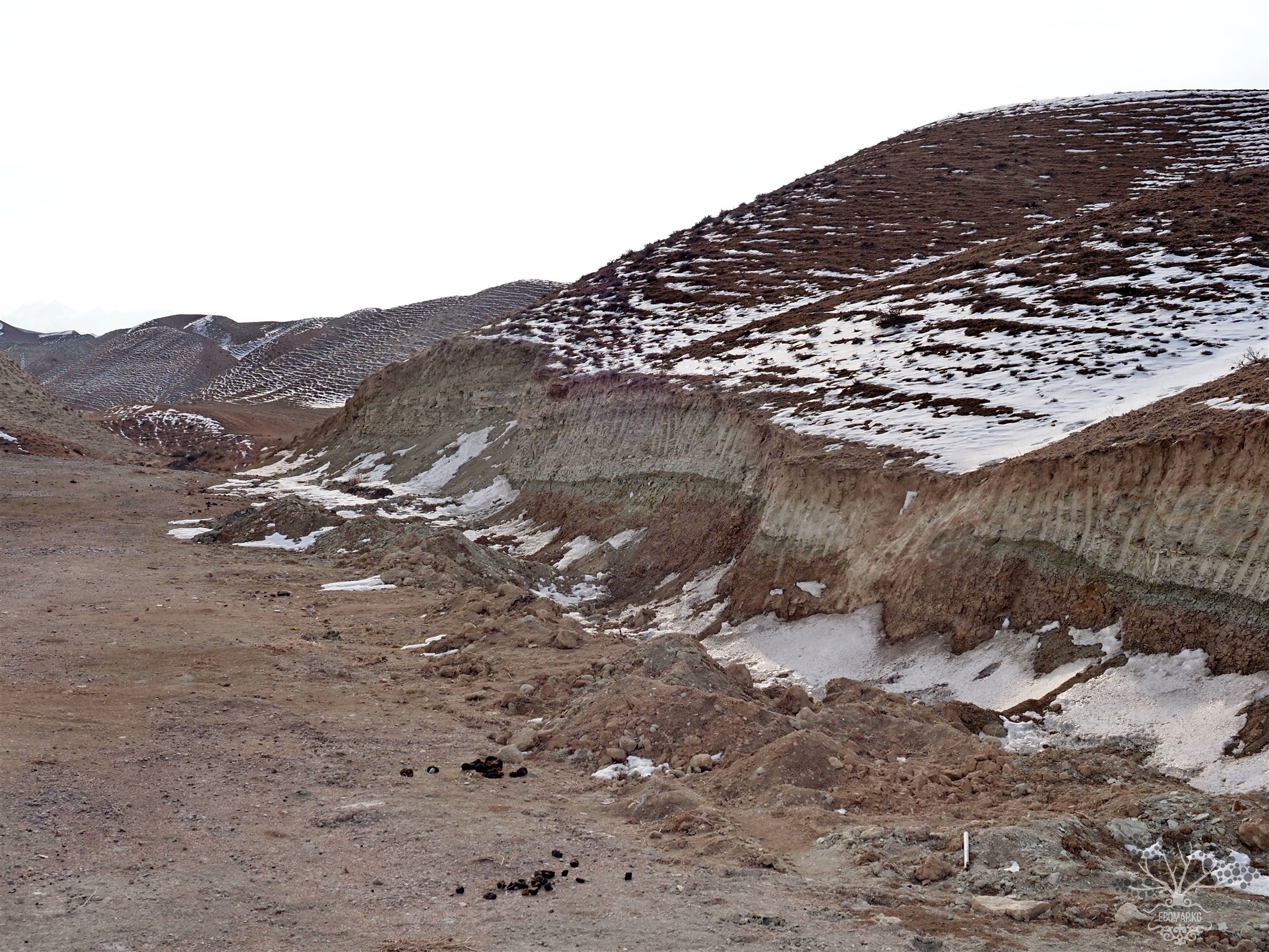
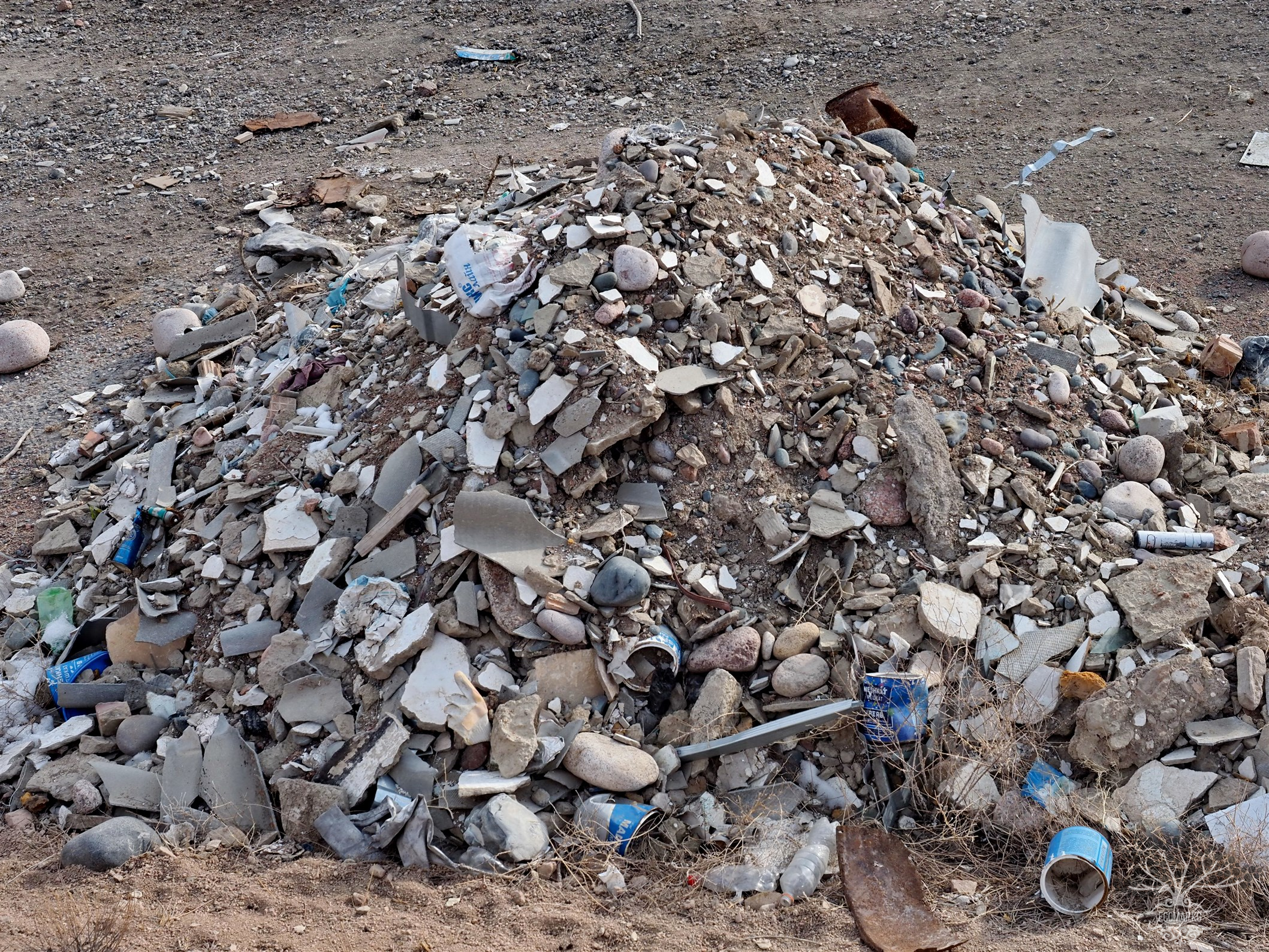
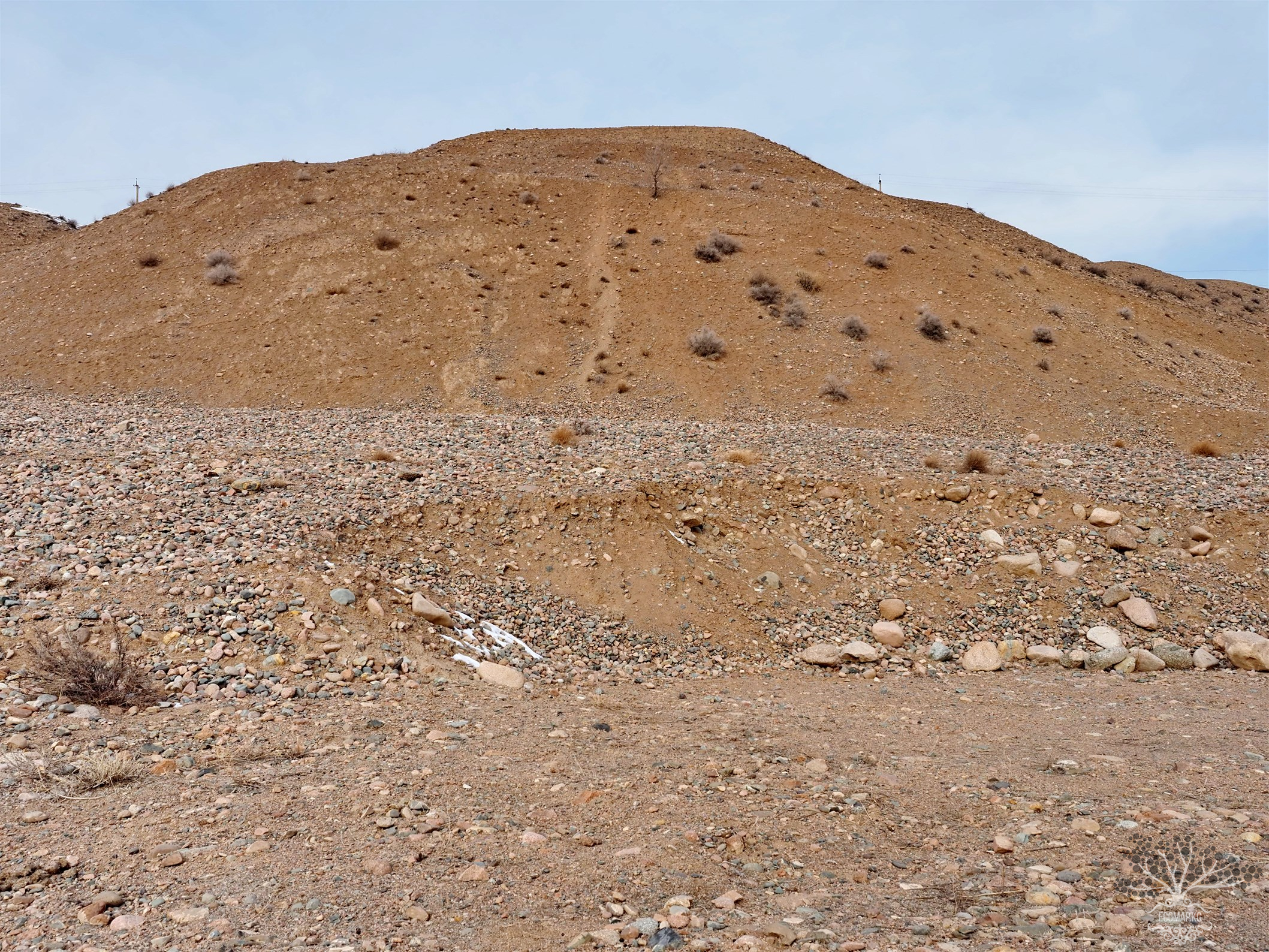


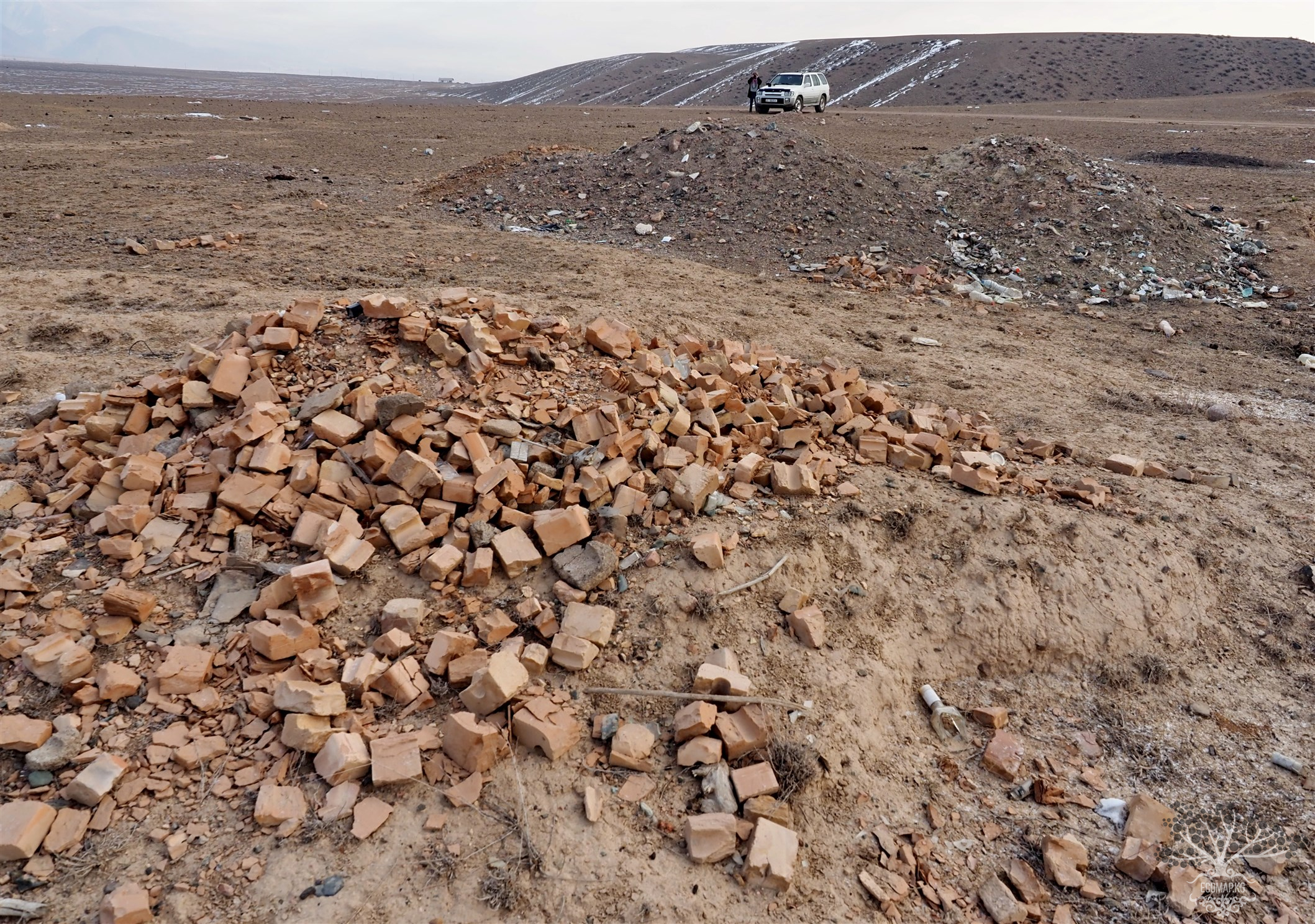
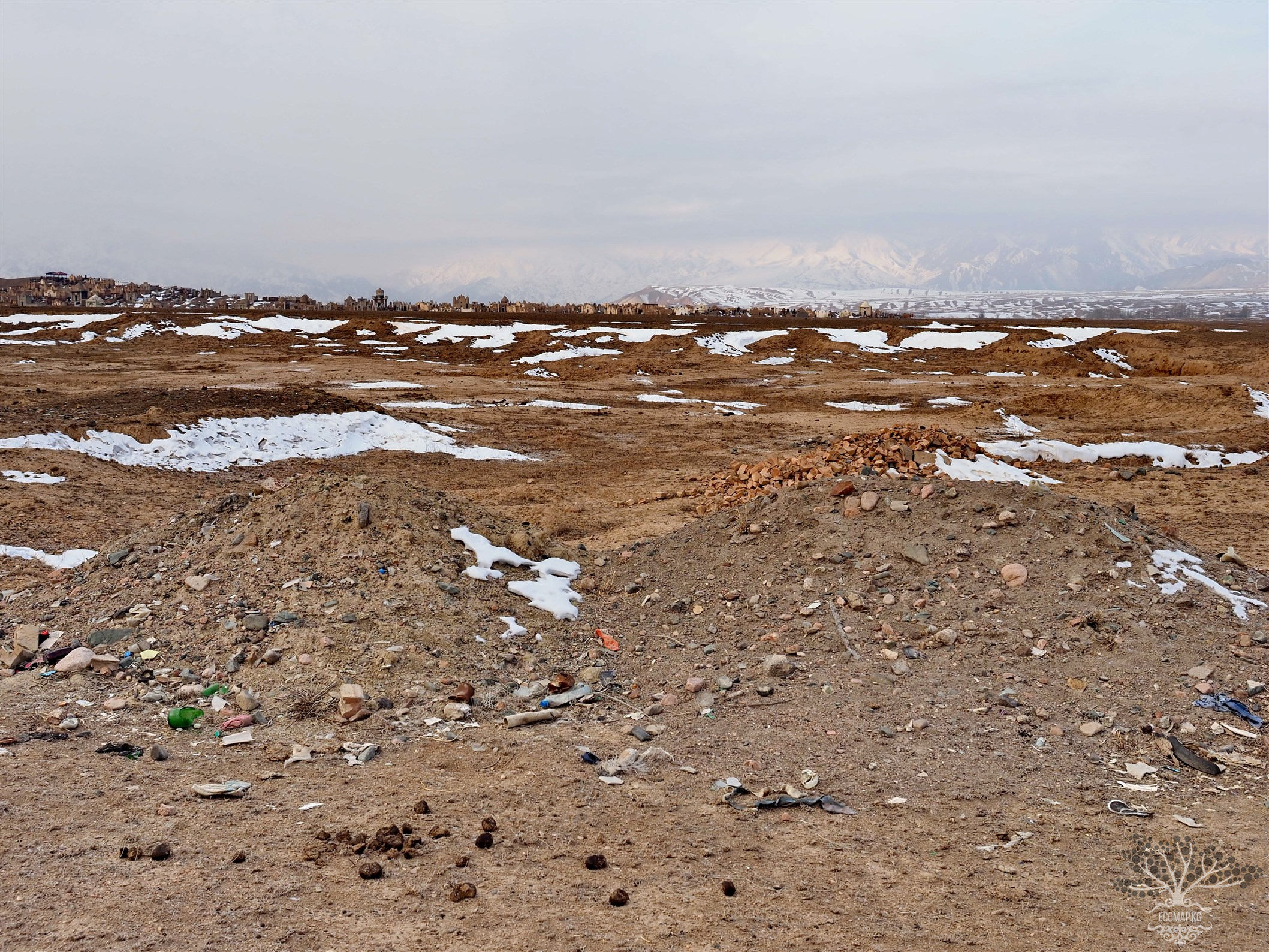

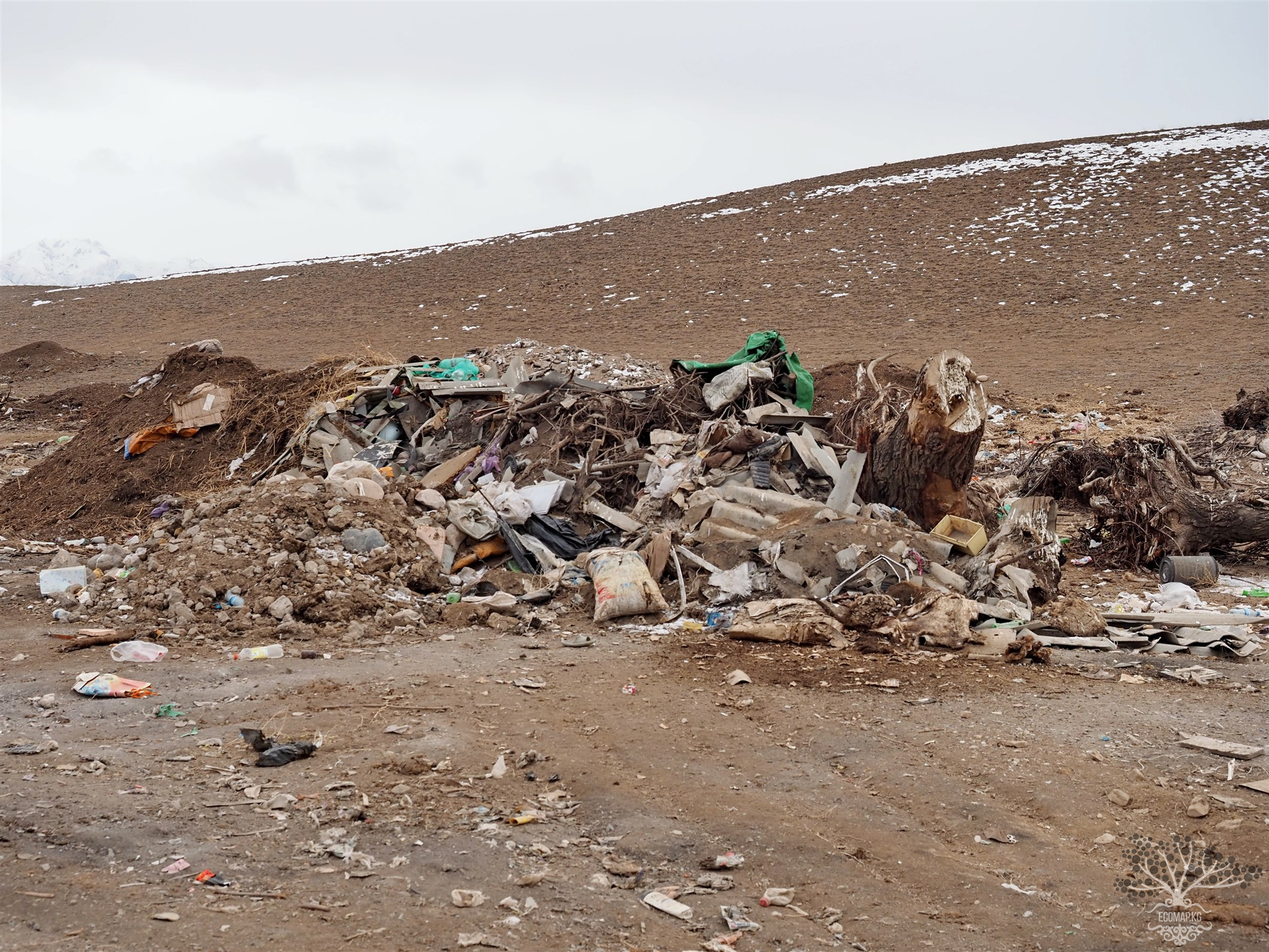
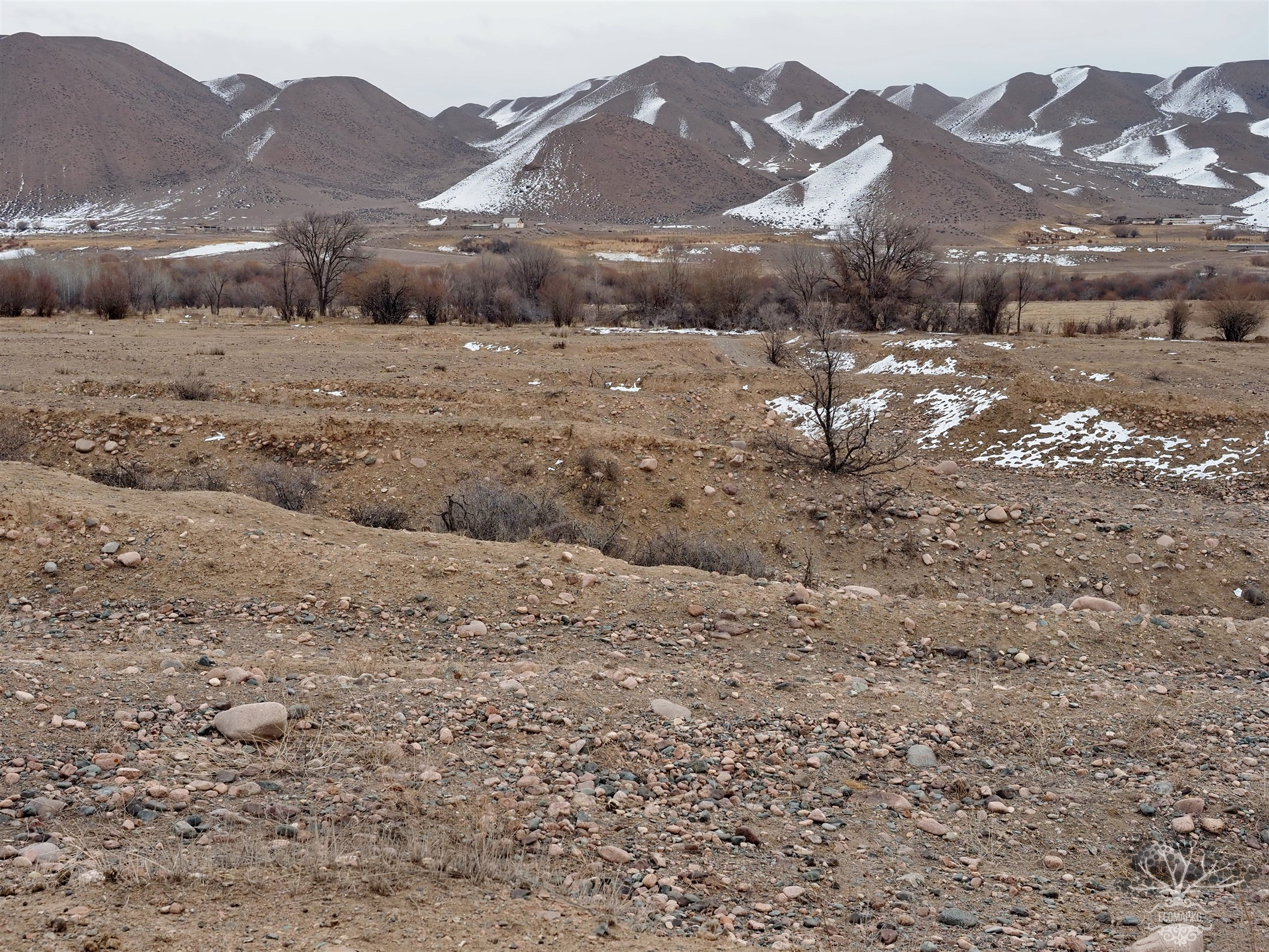
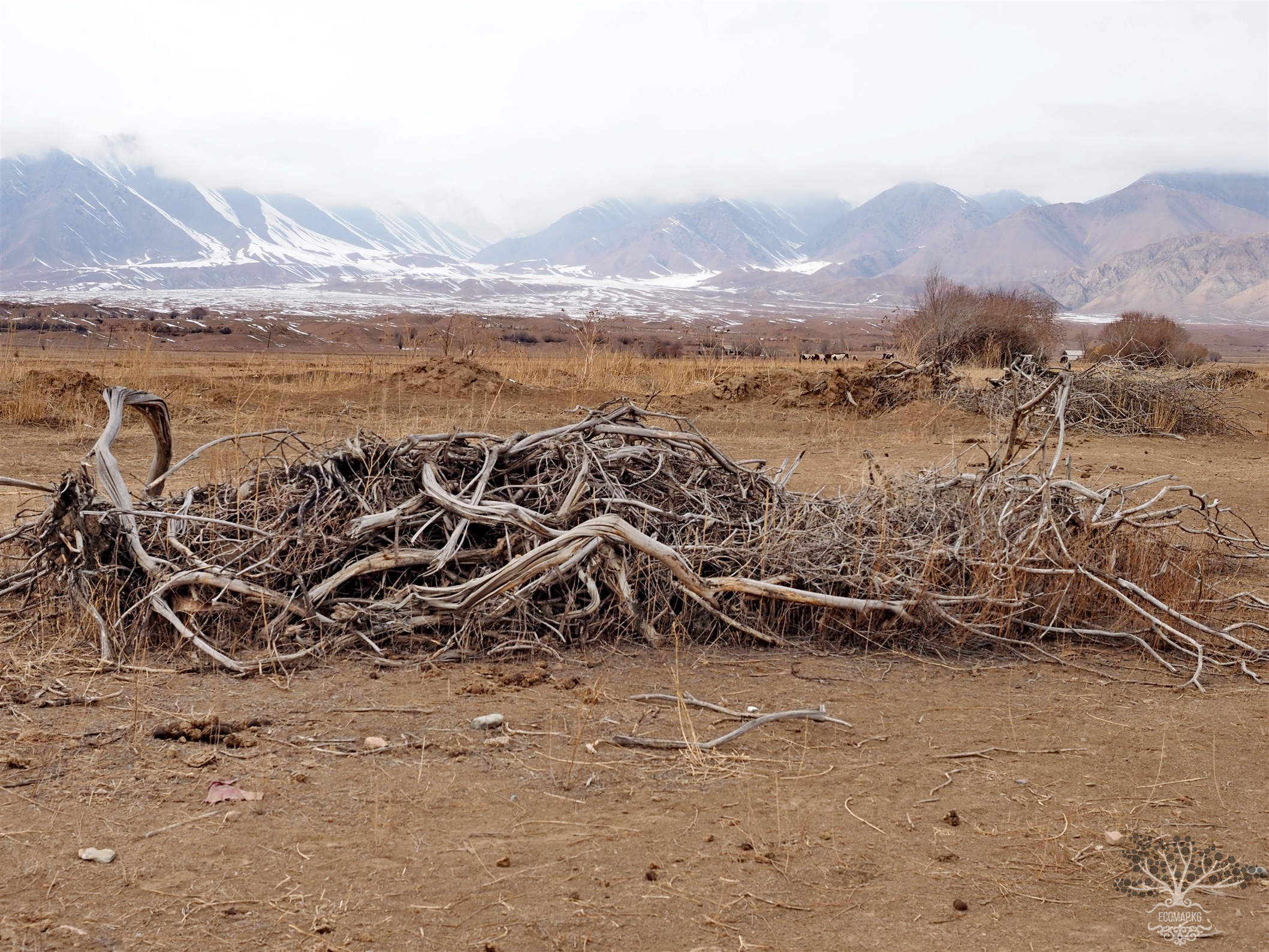
Attention: Information based on submitted complaints